The Airport Passenger Screening Systems Market has seen significant advancements driven by the increasing demand for enhanced security measures at airports worldwide. This market includes a wide range of technologies designed to ensure the safety and security of passengers as well as airport operations. As security threats continue to evolve, the need for innovative and efficient screening solutions has become paramount, prompting numerous companies to invest in research and development.
Players in this market are focusing on incorporating cutting-edge technologies such as biometrics, artificial intelligence, and machine learning into their screening systems to better detect threats, streamline passenger flow, and improve the overall travel experience.
Competitive dynamics involve a constant push towards innovation, with companies capitalizing on emerging technologies while ensuring compliance with regulatory standards and addressing the growing expectations for seamless and efficient airport processes. Zebra Technologies has a robust presence in the Airport Passenger Screening Systems Market, utilizing its expertise in mobile computing and data capture to enhance airport security operations. The company's strengths lie in its innovative solutions that integrate advanced identification and tracking technologies, which are crucial for effective passenger screening.
Zebra Technologies' commitment to improving situational awareness through real-time data analytics allows airport authorities to manage screening processes more efficiently, ultimately speeding up passenger flow while maintaining a high level of security.
Furthermore, Zebra's focus on integrating interoperability within its systems ensures compatibility with various devices and platforms, making it an appealing choice for airports looking to upgrade their screening infrastructure. The company's extensive experience in the aviation sector positions it well to address the specific needs of airports, as its technologies enable better resource allocation and data management in high-pressure environments. Kromek stands out in the Airport Passenger Screening Systems Market with its unique approach to detection technologies, particularly its advanced radiation detection systems.
The company specializes in providing solutions that identify and screen for concealed threats, which have become increasingly important in modern airport operations. Kromek's technology is known for its high sensitivity and accuracy, making it a preferred choice among regulatory agencies and airport operators seeking reliable screening solutions.
The company's strengths are exhibited through its innovative applications of digital imaging and spectroscopy, which enhance the detection capabilities of traditional screening systems. Kromek also invests in partnerships that allow it to merge its technological advancements with existing airport processes, enhancing the overall efficacy and speed of screening operations. Its strategic focus on research and development ensures that Kromek remains at the forefront of the industry, facilitating improvements in both safety and passenger experience in airport environments.
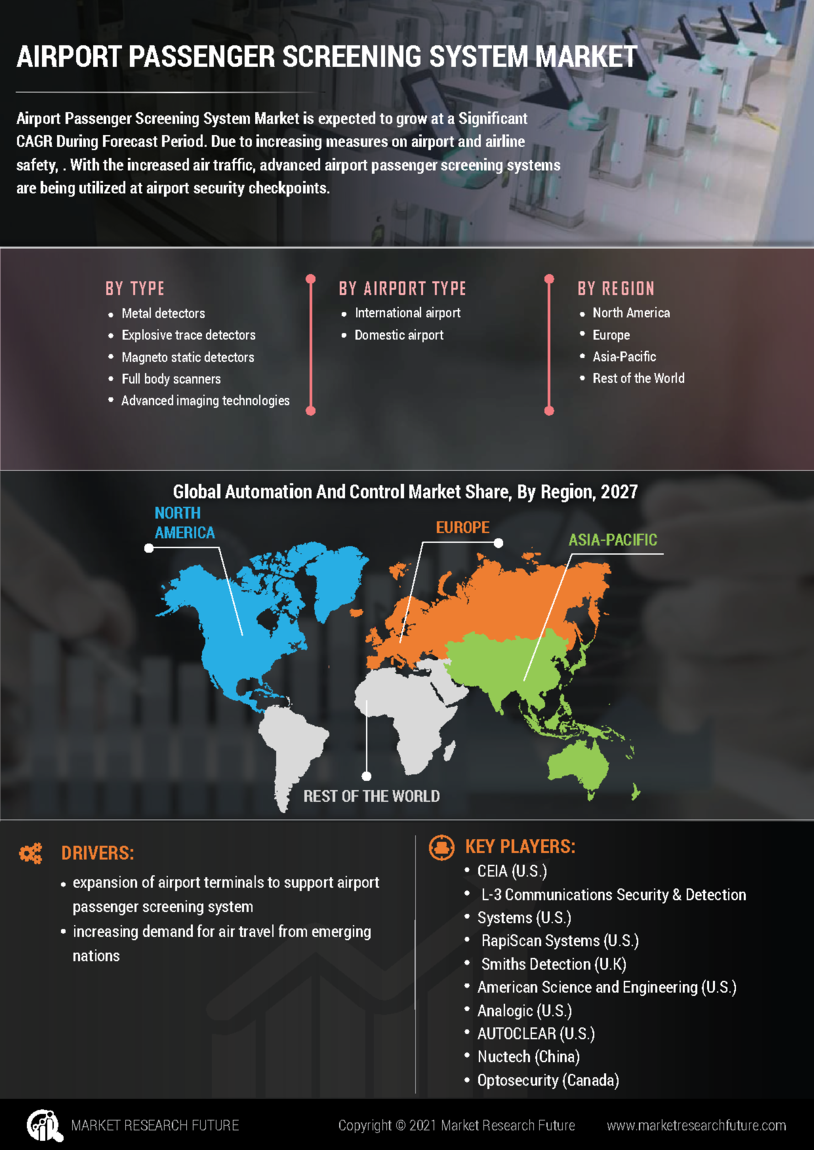

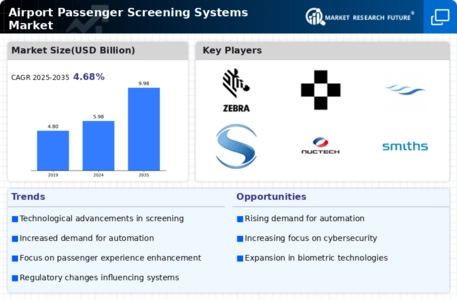


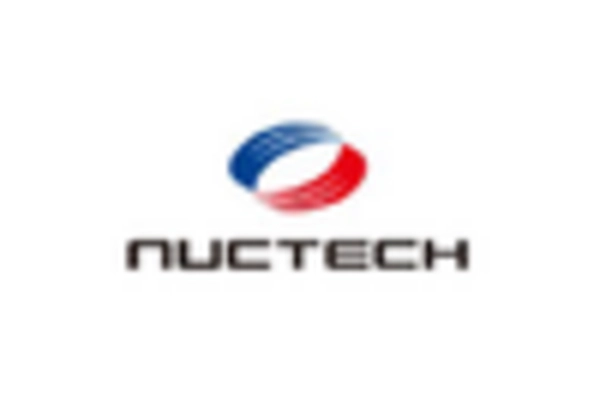
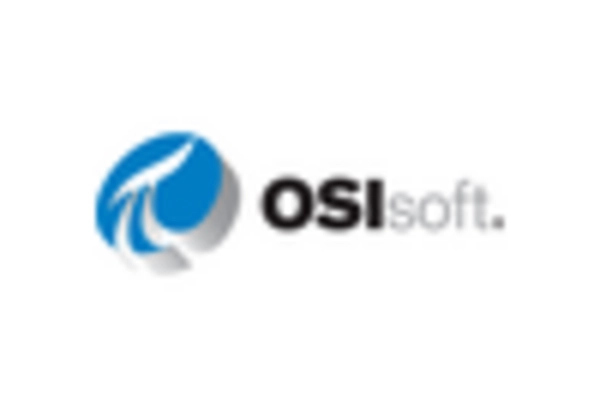
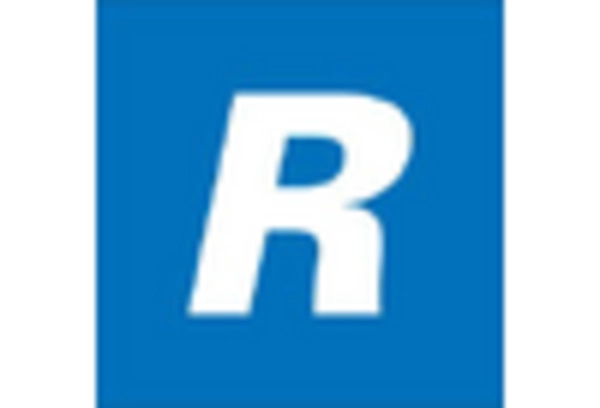
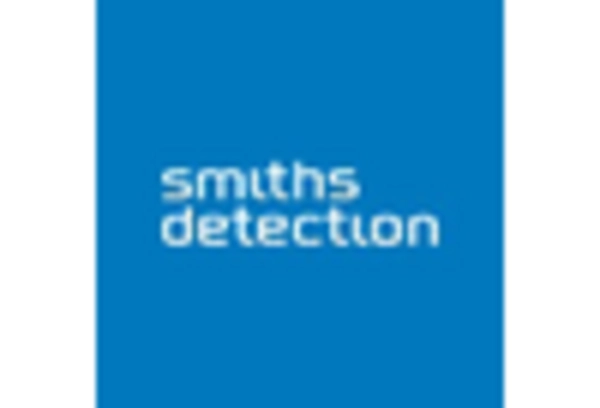









Leave a Comment